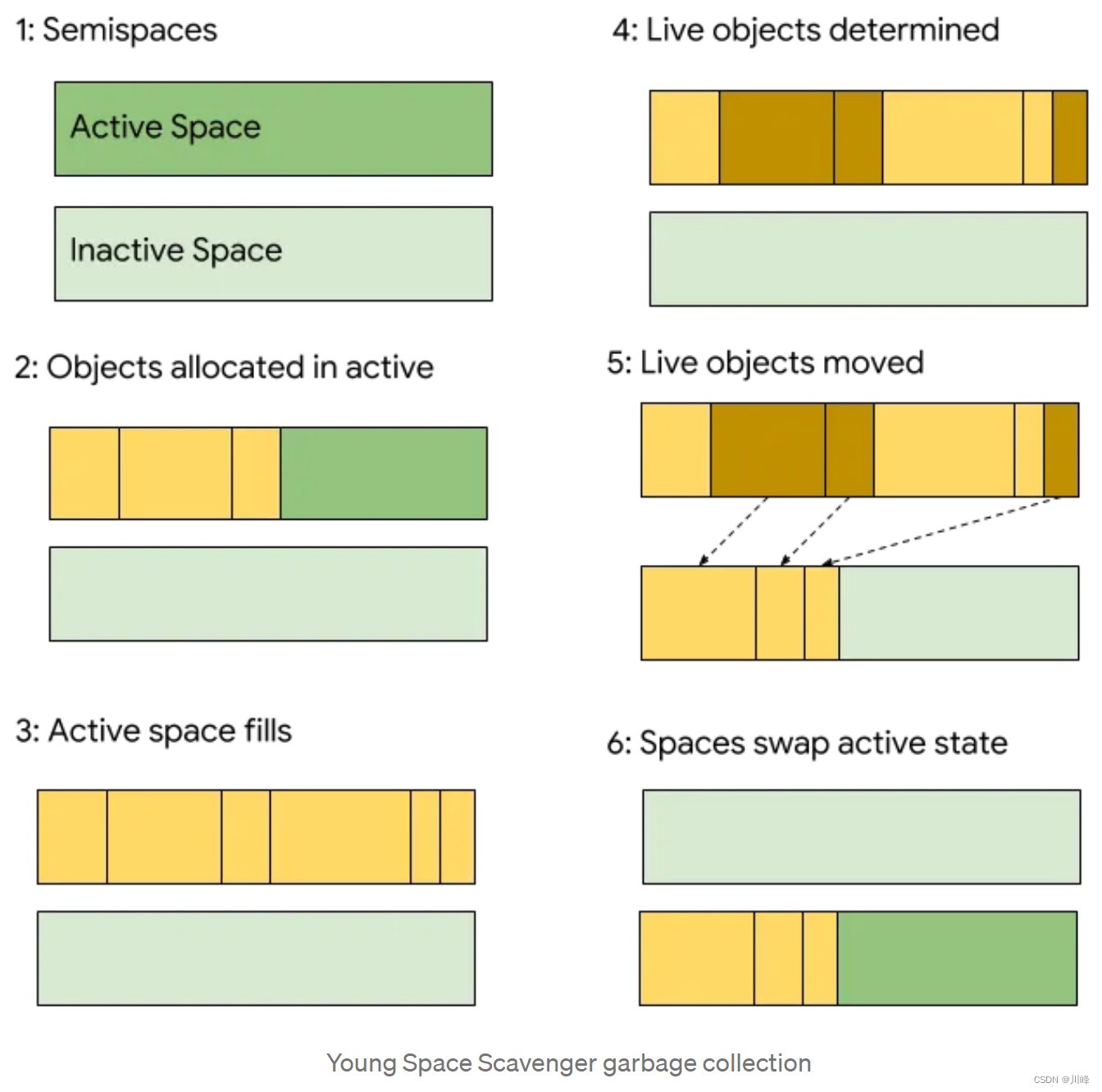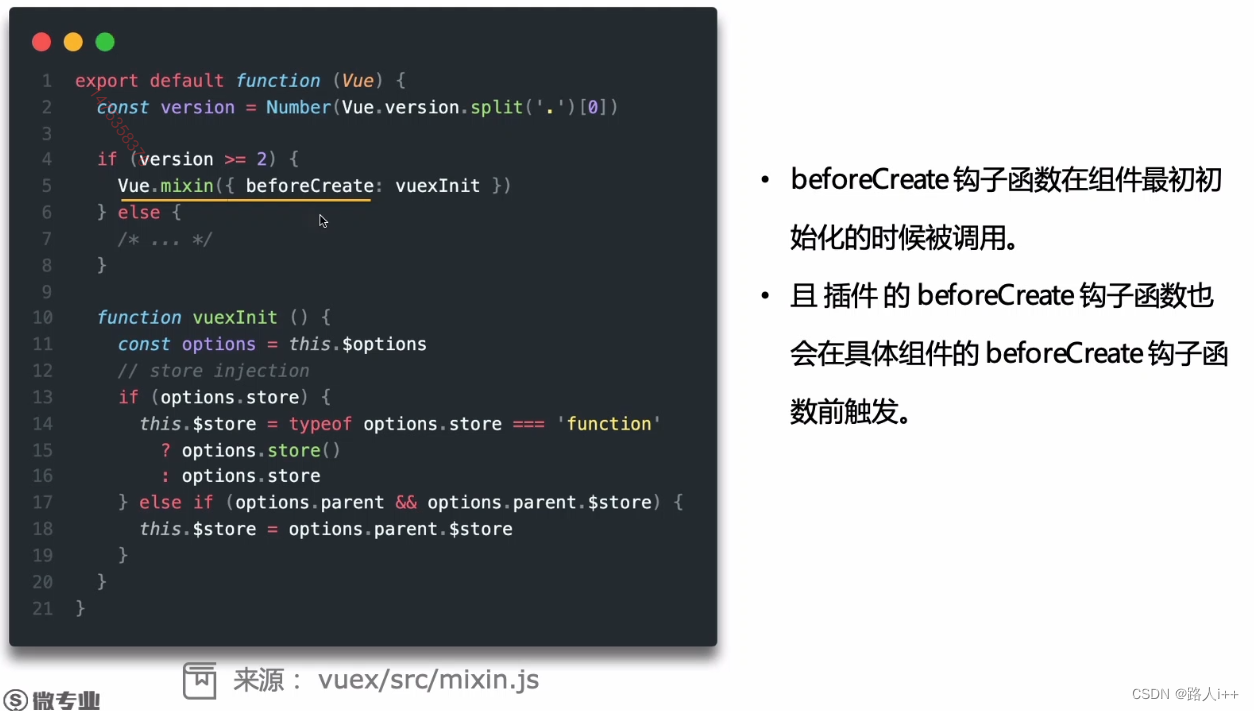目录
线程池(Threadpool)是什么?
pthread库是什么?
如何在C语言中实现基于pthread的轻量型线程池?
你好,各位编程爱好者!今天,我将和大家分享一种在C语言中实现的简单线程池设计方法。这种设计方法基于pthread库,所以我们称之为“基于pthread的轻量型Threadpool设计”。
源码下载
线程池(Threadpool)是什么?
在介绍线程池设计之前,我们先要理解什么是线程池。
线程池,顾名思义,就是预先创建一组线程,放在一起,构成一个“池子”。当有新的任务到来时,就从这个池子中取出一个线程去执行任务,执行完成后,线程返回线程池,等待执行下一个任务。
线程池可以帮助我们减少线程生命周期的开销,提高系统的响应速度,提高线程的可管理性,并且可以限制系统中的线程数量,防止系统资源过度消耗。
pthread库是什么?
pthread库是POSIX标准定义的线程库,它在UNIX-like系统,比如Linux,BSD等中广泛应用。pthread库提供了一系列的API,使得我们在C语言中可以创建、控制和销毁线程。
如何在C语言中实现基于pthread的轻量型线程池?
首先,我们需要定义线程池的数据结构。线程池中包含了一组线程,以及一个任务队列:
typedef struct {pthread_mutex_t lock;pthread_cond_t notify;pthread_t *threads;struct task {void (*function)(void *);void *argument;struct task *next;} *taskQueue;int threadCount;int taskQueueSize;
} ThreadPool;
然后,我们需要实现线程池的创建、销毁和添加任务的函数。
创建线程池:
ThreadPool *threadpool_create(int threadCount) {// 检查线程数是否有效if(threadCount <= 0) {return NULL;}// 创建线程池ThreadPool *pool = malloc(sizeof(ThreadPool));if(pool == NULL) {return NULL;}// 初始化线程池pool->threadCount = threadCount;pool->taskQueue = NULL;pthread_mutex_init(&(pool->lock), NULL);pthread_cond_init(&(pool->notify), NULL);// 创建线程pool->threads = malloc(sizeof(pthread_t) * threadCount);for(int i=0; i<threadCount; i++) {pthread_create(&(pool->threads[i]), NULL, threadpool_thread, pool);}return pool;
}
这只是一种简化的线程池设计方法,适合用来学习和理解线程池的基本概念和原理。在实际项目中,线程池的设计和实现会更复杂,需要考虑更多的因素,比如任务的优先级
首先是线程工作的函数:
void *threadpool_thread(void *threadpool) {ThreadPool *pool = (ThreadPool *)threadpool;struct task *task;for(;;) {// 等待可用任务pthread_mutex_lock(&(pool->lock));while(pool->taskQueue == NULL) {pthread_cond_wait(&(pool->notify), &(pool->lock));}// 取出一个任务task = pool->taskQueue;pool->taskQueue = task->next;pthread_mutex_unlock(&(pool->lock));// 执行任务(*(task->function))(task->argument);// 释放任务free(task);}pthread_exit(NULL);return(NULL);
}
添加任务到线程池中:
int threadpool_add(ThreadPool *pool, void (*function)(void *), void *argument) {// 创建任务struct task *newTask = malloc(sizeof(struct task));if(newTask == NULL) {return -1;}newTask->function = function;newTask->argument = argument;newTask->next = NULL;// 添加任务到任务队列pthread_mutex_lock(&(pool->lock));if(pool->taskQueue == NULL) {pool->taskQueue = newTask;} else {struct task *tmp = pool->taskQueue;while(tmp->next) {tmp = tmp->next;}tmp->next = newTask;}pthread_cond_signal(&(pool->notify));pthread_mutex_unlock(&(pool->lock));return 0;
}
销毁线程池:
void threadpool_destroy(ThreadPool *pool) {// 通知所有线程退出pthread_mutex_lock(&(pool->lock));for(int i=0; i<pool->threadCount; i++) {pthread_cancel(pool->threads[i]);}pthread_mutex_unlock(&(pool->lock));// 释放线程资源for(int i=0; i<pool->threadCount; i++) {pthread_join(pool->threads[i], NULL);}// 释放线程池资源free(pool->threads);free(pool);
}
在这个简单的线程池中,我们只提供了最基本的线程池功能。例如,我们没有提供动态调整线程数量的功能,也没有处理任务队列满的情况。在真实环境中,这些功能可能是必要的。
这个简单的线程池实现可以帮助你理解线程池的基本概念。在实际使用中,你可能需要使用更复杂的线程池库,例如libuv或者Boost.Asio等。
感谢你的阅读,希望这篇文章对你有所帮助。如果你有任何问题或者建议,欢迎留言讨论。






